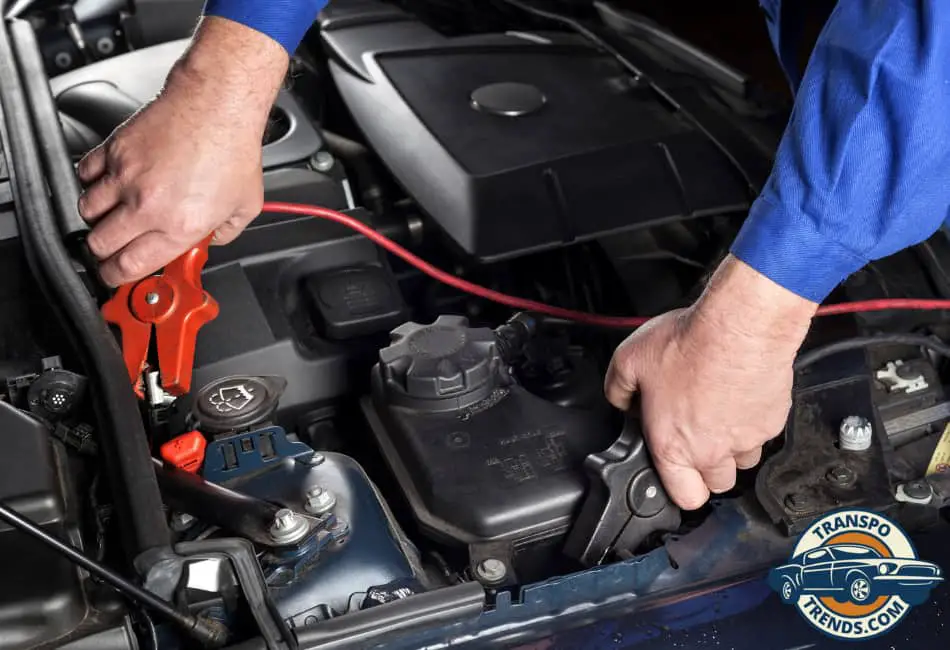I still remember my first experience jumpstarting a car. I had just gotten my driver’s license and was excited to show off my newfound skills to the world, but then disaster struck: I left the lights on in my friend’s car and drained the battery.
Thankfully, we were able to get it started again with some help from jumper cables and another vehicle. But at that moment, I learned an important lesson about why you should always connect the positive cable first when jumpstarting a car.
In this article, we’ll explore why connecting the positive cable before anything else is so important for successful jumpstarts and protecting your electrical system from potential damage.
But first, let’s go over a couple of things about how jumpstarting a car actually works.
What Happens When Jumpstarting a Car?
The basic process consists of connecting one end of the jumper cables to your dead vehicle’s battery and the other end to a working battery in another car.
This allows the two batteries to become electrically connected, allowing an electrical current to flow from the working battery into the dead battery—ultimately getting it going again.
The order in which you connect the jumper cables is important because it ensures that the electrical current flows correctly and doesn’t create sparks or other dangerous problems.
If you don’t connect them properly, then there’s a potential risk of sparks and damage to both cars’ electrical systems.
This brings us to our next point: why it’s important to connect the positive cable first.
Why Connect the Positive Cable First?
When jumpstarting a car, it’s important to connect the jumper cables in the correct order – with the positive cable first. Here are 10 main reasons why:
1. Reduce the Risk of Sparks
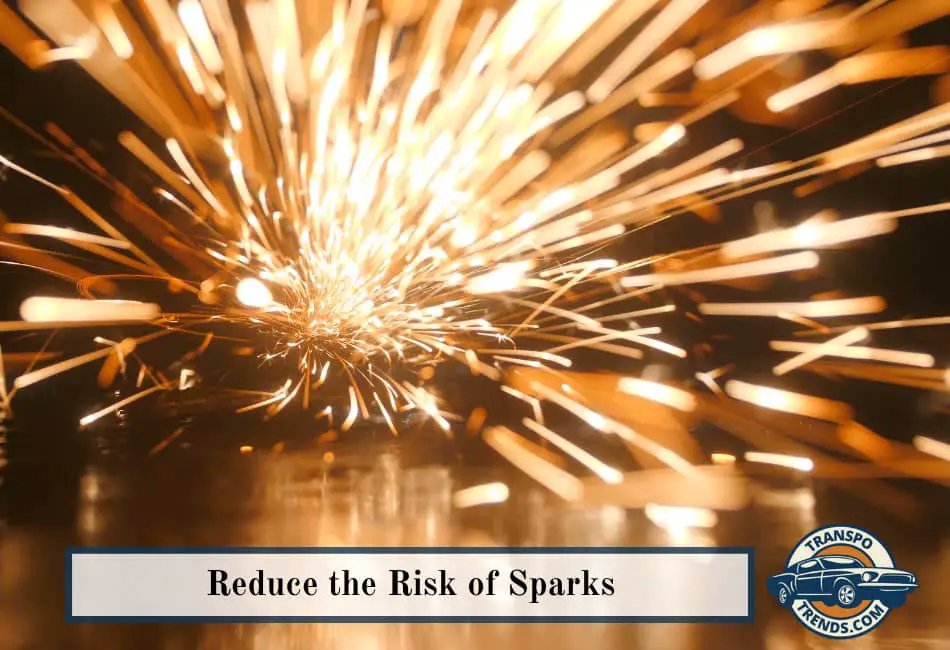
One of the most important reasons why you should always connect the positive cable first when jumpstarting a car is to reduce the risk of sparks.
When connecting jumper cables in reverse order, there’s a potential for an electrical spark that can cause damage or even start a fire.
This makes it essential to be mindful and take extra precautions when attaching jumper cables to ensure they are connected correctly.
When connecting the negative cable before the positive cable, this creates an electric arc between both terminals which could produce sparks and ignite combustible materials nearby.
Additionally, if your battery has any cracks or exposed metal surfaces due to corrosion, then these areas will also become hot spots for creating sparks.
To prevent this from happening, make sure that all connections are clean and dry before attempting a jumpstart—this includes both ends of each jumper cable as well as both terminal posts on your vehicle’s battery.
Another way to reduce the risk of sparks is by ensuring that clamps from one end of each jumper cable don’t come into contact with each other while you’re making connections.
If left unchecked, this could create an electrical short circuit and result in dangerous arcing near your battery terminals or other vehicle components.
2. Protect the Electrical System
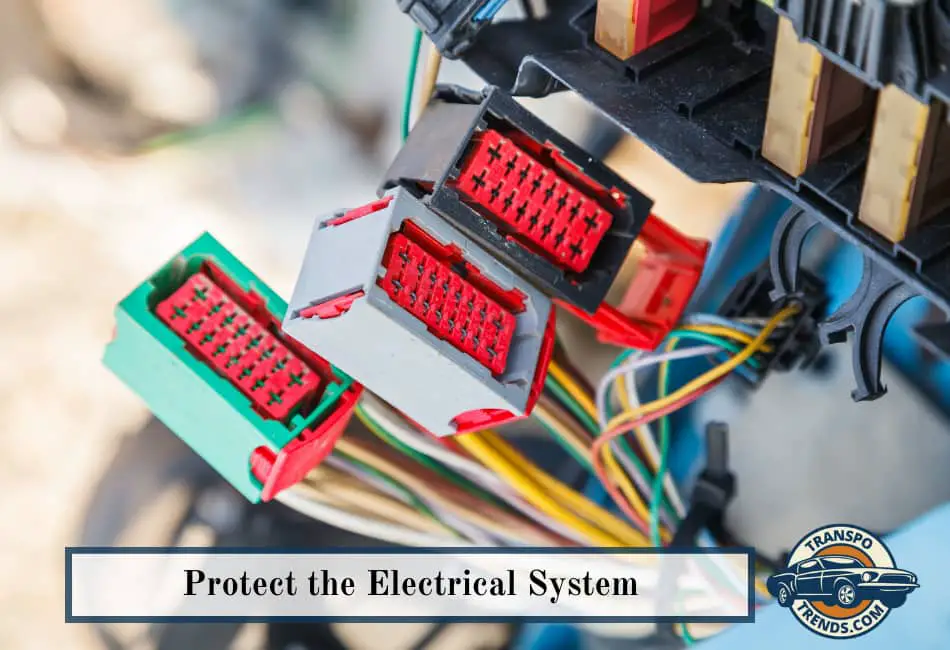
Most modern cars have sensitive electrical systems that can be easily damaged by voltage surges or incorrect connections.
By connecting the positive cable first, you protect the electrical system from potential damage.
By starting with the positive cable, you ensure that any voltage surges from the working battery will travel directly to the dead battery and not back in the opposite direction.
This helps reduce the risk of overloading sensitive electrical components in your car.
3. Help Prevent Damage to Vehicle Computers
Connecting jumper cables in the wrong order can also cause damage to a car’s onboard computers.
The ECU (Engine Control Unit) or other electronic control modules are responsible for managing various engine functions and they can be easily damaged by incorrect connections.
Connecting the positive cable first helps ensure that any voltage surges don’t go back towards the computer and prevent it from being damaged.
In the event that your car won’t start, always ensure that you’re connecting jumper cables in the correct order to protect its onboard computers from potential damage.
By connecting the positive cable first when jumpstarting a car, you reduce the risk of sparks, protect your vehicle’s electrical system and help prevent damage to its computer modules.
4. Prevent Short Circuits
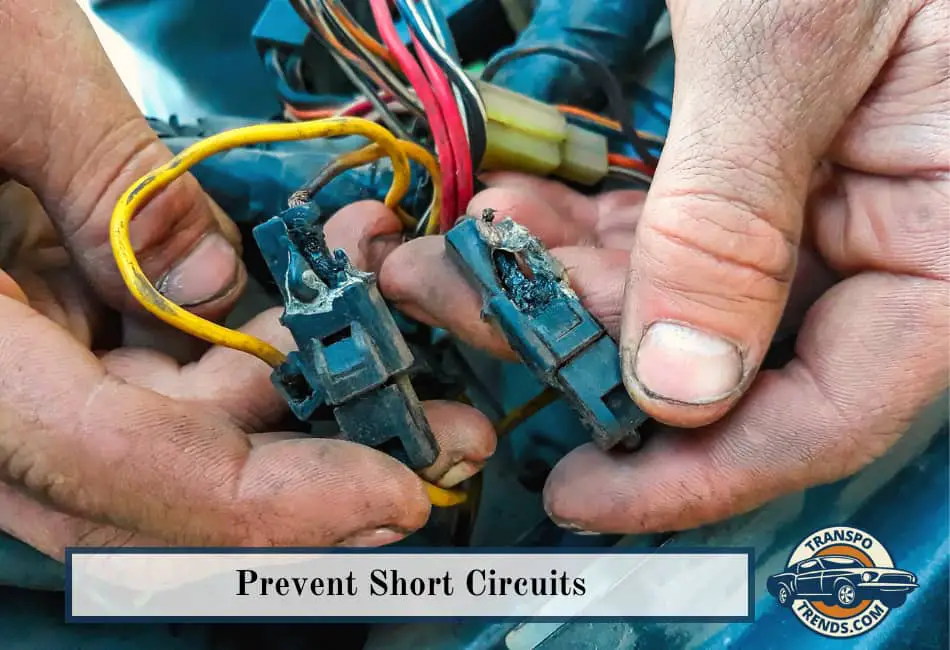
To avoid a short circuit while connecting jumper cables, it’s best to attach the positive cable first. This prevents the circuit from being completed until both cables are connected properly.
Be careful not to touch the metal part of the cable to any grounded part of the car while connecting it.
Connecting the positive cable first when jumpstarting a car can also help protect the battery from damage.
If the negative cable is connected before the positive, it can cause a reverse current flow to occur, which increases the risk of electrical damage in the battery and its surrounding components.
Also, by connecting the positive cable first, you help reduce the risk of short circuits, which can damage electrical components and lead to costly repairs.
5. Improve Safety
It is recommended to connect the positive cable first when jumpstarting a car as it reduces the risk of electrical shock and other hazards that may occur during the process.
By connecting the positive cable first you prevent the flow of current until the final connection is made, reducing the risk of accidental contact with electrical components.
Additionally, it’s important to keep your hands away from any exposed surface connections when jumpstarting a car as this could lead to electric shock and serious injury or death.
When jumpstarting a car, always connect the positive cable first to improve safety and reduce the risk of electric shock.
6. Ensure Proper Connection
Connecting the positive cable first ensures that the battery is linked to the charging system before any other components. This results in a proper connection and reduces the potential for causing harm to the charging system or other car components.
When connecting the other end of the cable, make sure all connections are secure and that you’re attaching them to the correct terminals on your dead battery.
Also, ensure that all connections are tight and not loose to help avoid any sparks or shorts. By connecting the positive cable first when jumpstarting a car, you help ensure a proper connection and reduce the risk of damage.
7. Avoid Reverse Polarity
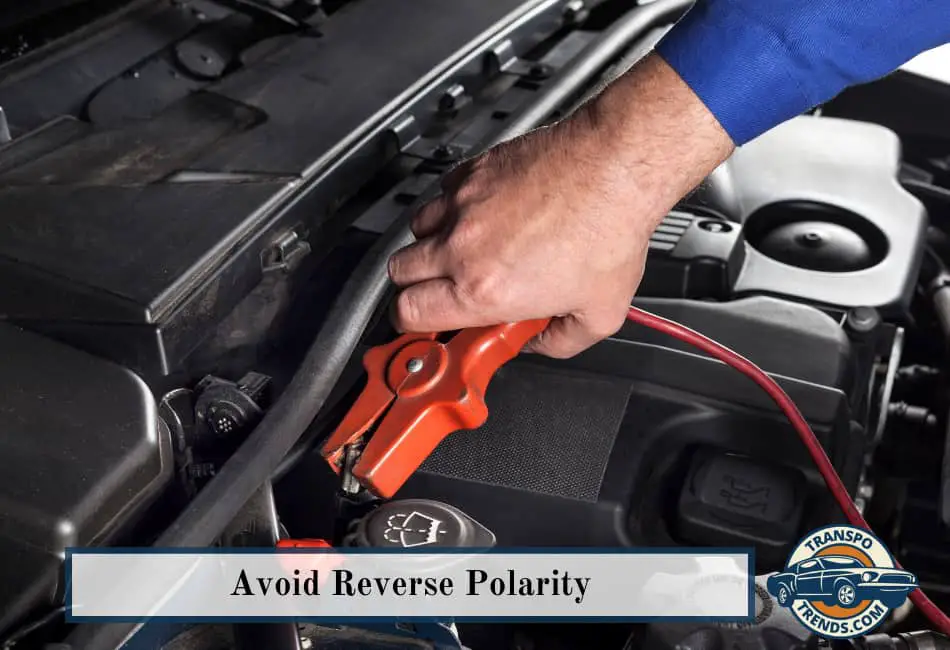
When jumpstarting a car, it’s essential to connect the cables in the correct order to avoid reverse polarity. Reverse polarity occurs when the positive and negative cables are connected to the wrong terminals on the battery.
In simple terms, it causes the current to flow in the wrong direction and can damage electrical components as well as void your vehicle’s warranty.
To prevent reverse polarity from occurring, always remember to connect the positive cable first when jumpstarting a car. This helps ensure that all connections are made correctly and prevents any serious damage from occurring.
By connecting the positive cable first, you ensure that the cables are connected in the correct order and reduce the risk of reverse polarity.
8. Facilitate Charging
By connecting the positive cable first when jumpstarting a car, you help facilitate the electrical current to flow from the donor vehicle’s battery to your dead battery. This helps ensure that your car is charging correctly and efficiently.
Also, by connecting the cables in the correct order you reduce the risk of sparks and shorts that may occur due to improper connections.
When you connect the positive cable first, it starts the charging process. This helps to charge the battery more efficiently and effectively, reducing the amount of time it takes to jumpstart the car.
9. Prevent Damage to Jumper Cables
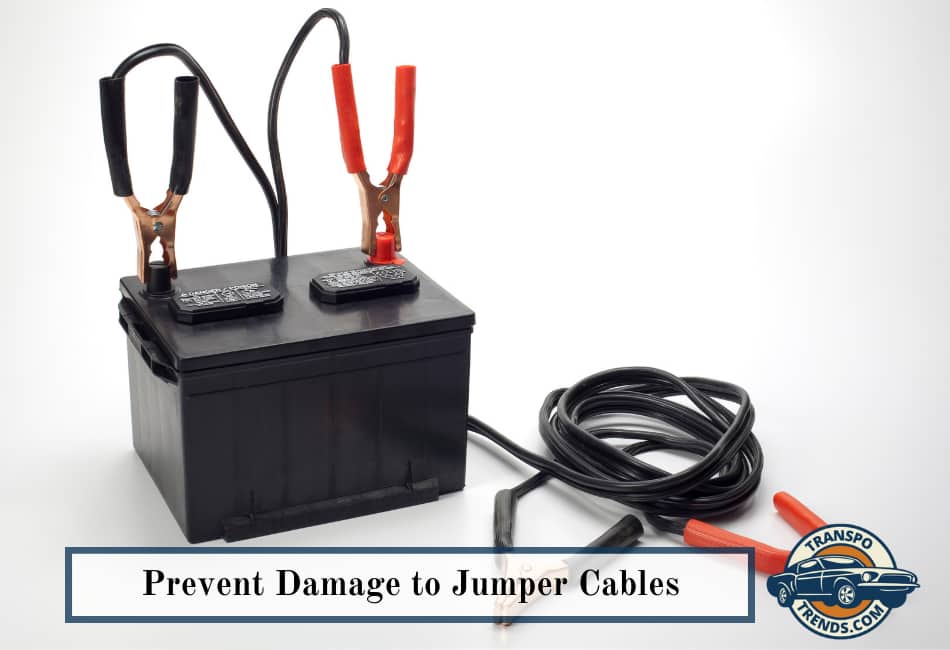
Connecting the positive cable first when jumpstarting a car helps reduce the risk of damage to the jumper cables.
Jumper cables are made up of two wires; one is insulated and the other is uninsulated. If the uninsulated wire touches any exposed metal surfaces, it can cause sparks and shorts that can damage your battery and the jumper cables.
By connecting the positive cable first, you help reduce the risk of any electrical damage to both your vehicle and the jumper cables.
Conclusion
When jumpstarting a car, it’s important to remember to connect the positive cable first. Doing so helps ensure proper connection and reduces the risk of electrical shock, sparks, shorts, and reverse polarity.
Additionally, it helps facilitate charging more efficiently and effectively while preventing any potential damage to both your vehicle and the jumper cables. So next time you’re jumpstarting a car, remember to connect the positive cable first.
By following these tips and safety suggestions, you can help ensure a safe and successful jumpstart with minimal risk of damage.

